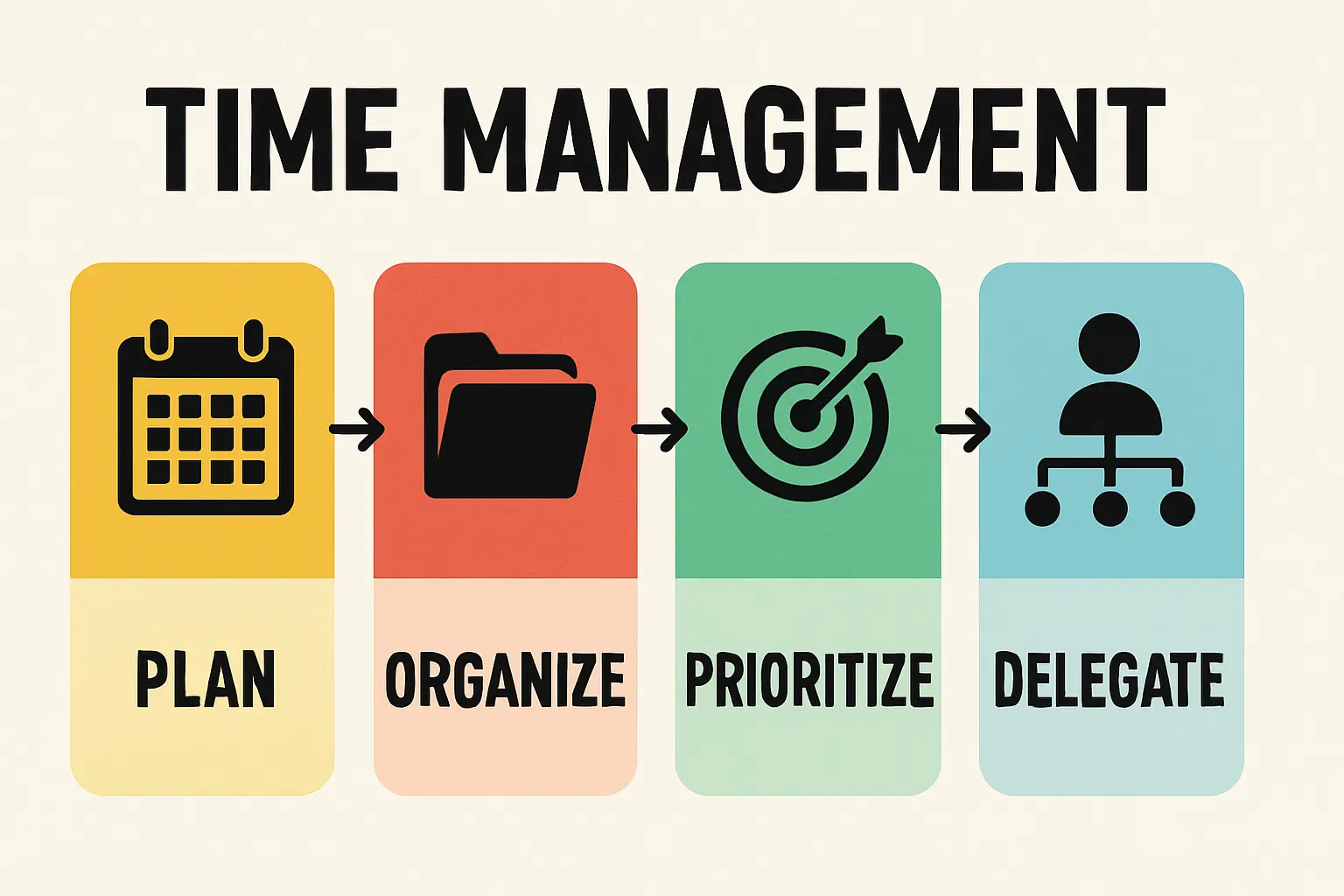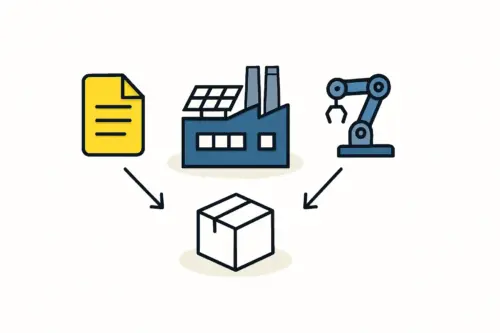An entrepreneur looking to Namibia sees immense potential: vast, sun-drenched landscapes and a government committed to renewable energy. Yet, establishing a successful solar manufacturing operation involves more than technical expertise. The true strategic advantage lies in understanding and aligning with the country’s national development goals—specifically, its Local Content Requirements (LCR) and Black Economic Empowerment (BEE) policies.
For an investor, these regulations can seem like complex hurdles. Viewed as a strategic blueprint, however, they provide a clear path to building a resilient, preferred, and highly competitive local enterprise. This article outlines how to navigate this landscape, transforming regulatory compliance into a foundational business advantage.
Understanding the Policy Landscape: LCR and BEE
At the heart of Namibia’s economic strategy are two complementary concepts that ensure industrial growth directly benefits the nation and its citizens. For any professional planning to start a solar module production business, grasping them is the first step.
Local Content Requirements (LCR)
Local Content Requirements are policies mandating that a specific percentage of a project’s value—be it in goods, services, or labor—must be sourced from within the host country. The goal is to move beyond simple resource extraction or product importation and to foster domestic industry.
In Namibia’s energy sector, this means the government actively encourages solar projects that use locally manufactured components. The Harambee Prosperity Plan II (HPP II) explicitly supports local value addition, creating a significant, built-in market for a domestic solar module manufacturer able to supply projects aiming to meet these LCR mandates.
Black Economic Empowerment (BEE)
Black Economic Empowerment is a set of policies aimed at redressing historical economic imbalances. In Namibia, this is crystallized in the New Equitable Economic Empowerment Framework (NEEEF). This framework isn’t merely about ownership; it’s a comprehensive approach that includes:
- Ownership: A target of at least 25% ownership in businesses by previously disadvantaged Namibians.
- Management Control: Promoting representation in decision-making roles.
- Skills Development: Investing in training and elevating the Namibian workforce.
- Community Investment: Contributing to the social fabric of the areas where the business operates.
For a new solar venture, BEE is not a secondary consideration. It is central to gaining a social license to operate and becoming a preferred partner for both public and private sector projects.
The Strategic Advantage of Local Manufacturing
Rather than importing finished solar panels, establishing a local assembly or manufacturing facility offers a powerful way to meet both LCR and BEE objectives. This alignment creates a robust competitive advantage that importers cannot easily replicate.
A local factory naturally contributes to job creation, skills transfer, and local expenditure. This makes the business a key partner in achieving national goals, positioning it favorably for government tenders and large-scale renewable energy projects. Namibia’s goal to generate 70% of its electricity from local sources by 2030 is not just an energy target; it’s an industrial signal for local manufacturing.

Ready to make big Profits?
The solar Industry is Booming
WE HELP NEWCOMERS to the solar industry start their own solar module production line. Customers can make BIG PROFITS by selling modules and finding investors, without wasting money and time on things they don't need!
As illustrated, a local manufacturing entity becomes a hub of economic activity, satisfying policy requirements while building a sustainable business. Experience from J.v.G. turnkey projects in emerging markets shows that ventures that prioritize this regulatory alignment from the initial planning stages often achieve greater long-term success.
Key Policy Frameworks for Solar Investors
Several key documents shape the regulatory environment, and potential investors should be familiar with their core objectives.
Harambee Prosperity Plan II (HPP II)
This high-level plan for Namibia’s economic recovery and growth features a central pillar of ‘Economic Advancement,’ which emphasizes local production and reducing reliance on imports. A solar manufacturing plant directly supports this pillar by creating industrial jobs, developing technical skills, and strengthening the country’s energy independence.
The New Equitable Economic Empowerment Framework (NEEEF)
NEEEF provides the specific structure for BEE implementation, and a new venture must be designed with its pillars in mind. For example, structuring the business with a 25% local ownership stake from the outset is a foundational step. This can be achieved through joint ventures with Namibian entrepreneurs or investment funds.
National Policies on Renewable Energy
Namibia’s commitment to renewable energy provides market certainty. The policy framework supports Independent Power Producers (IPPs) and large-scale solar installations. These projects will increasingly be evaluated on their contribution to the local economy, giving a distinct edge to developers who can source their modules from a Namibian factory.

Practical Steps for Strategic Alignment
Aligning a new factory with these policies requires deliberate planning from the very beginning.
-
Structure for BEE Compliance
The most critical step is to structure the company’s ownership to meet NEEEF guidelines. This involves identifying and vetting potential local partners who bring more than just capital, offering local market knowledge and operational value. This partnership should be established early in the business planning phase. -
Prioritize Workforce Development
A factory plan must include a comprehensive strategy for hiring and training Namibian citizens at all levels, from technicians to management. This addresses the ‘Skills Development’ pillar of BEE while ensuring the long-term operational stability of the plant. A business plan should budget for training programs, potentially in partnership with local vocational institutions. Understanding how many employees are needed for a solar factory allows for precise planning of this aspect. -
Develop a Local Supply Chain
While core components like solar cells may be imported initially, a manufacturer should actively seek to source other materials locally. This can include:- Aluminium frames
- Glass
- Junction boxes
- Packaging materials
Developing these local supply chains not only increases the project’s Local Content score but also builds resilience against global shipping disruptions and currency fluctuations.
Frequently Asked Questions for New Entrants
What is the primary difference between Local Content and BEE?
Local Content focuses on the origin of goods and services (i.e., made in Namibia), while BEE focuses on the ownership and participation of previously disadvantaged Namibians in the economy. A successful strategy addresses both. A factory can have high local content but still need a separate BEE ownership structure.
Is BEE compliance mandatory for all projects in Namibia?
While the NEEEF bill is still being finalized, its principles are already applied in public procurement and licensing for certain sectors. For any significant industrial project, especially in a strategic area like energy, aligning with BEE principles is essential for securing government support and contracts. It’s a de facto requirement for long-term success.
How can a foreign investor find a reliable local BEE partner?
This requires thorough due diligence. Professional service firms in Namibia, local business chambers, and government investment promotion agencies can be valuable resources. The ideal partner should bring demonstrable business acumen and a shared vision, not just a qualifying status.
Does local manufacturing guarantee government contracts?
It doesn’t offer a guarantee, but it provides a significant competitive advantage. When evaluating bids for energy projects, government bodies and state-owned utilities increasingly use local content and BEE contribution as key scoring criteria. A local manufacturer enables bidders to score much higher on these criteria.
What is a typical investment for a small-scale factory designed for this market?
The required capital depends on the level of automation and production capacity. However, a semi-automated 20-50 MW facility can be established with a clear plan. A crucial part of the initial feasibility study is understanding the investment for a solar module factory.

Conclusion: A Blueprint for Success
Navigating Namibia’s Local Content and BEE policies should not be seen as a burden. Instead, these frameworks provide a clear blueprint for building a deeply integrated and strategically positioned solar manufacturing business. By aligning with national priorities from day one, an entrepreneur can build a venture that is both profitable and a valued contributor to Namibia’s sustainable development—the most secure foundation for long-term success in this promising market.





